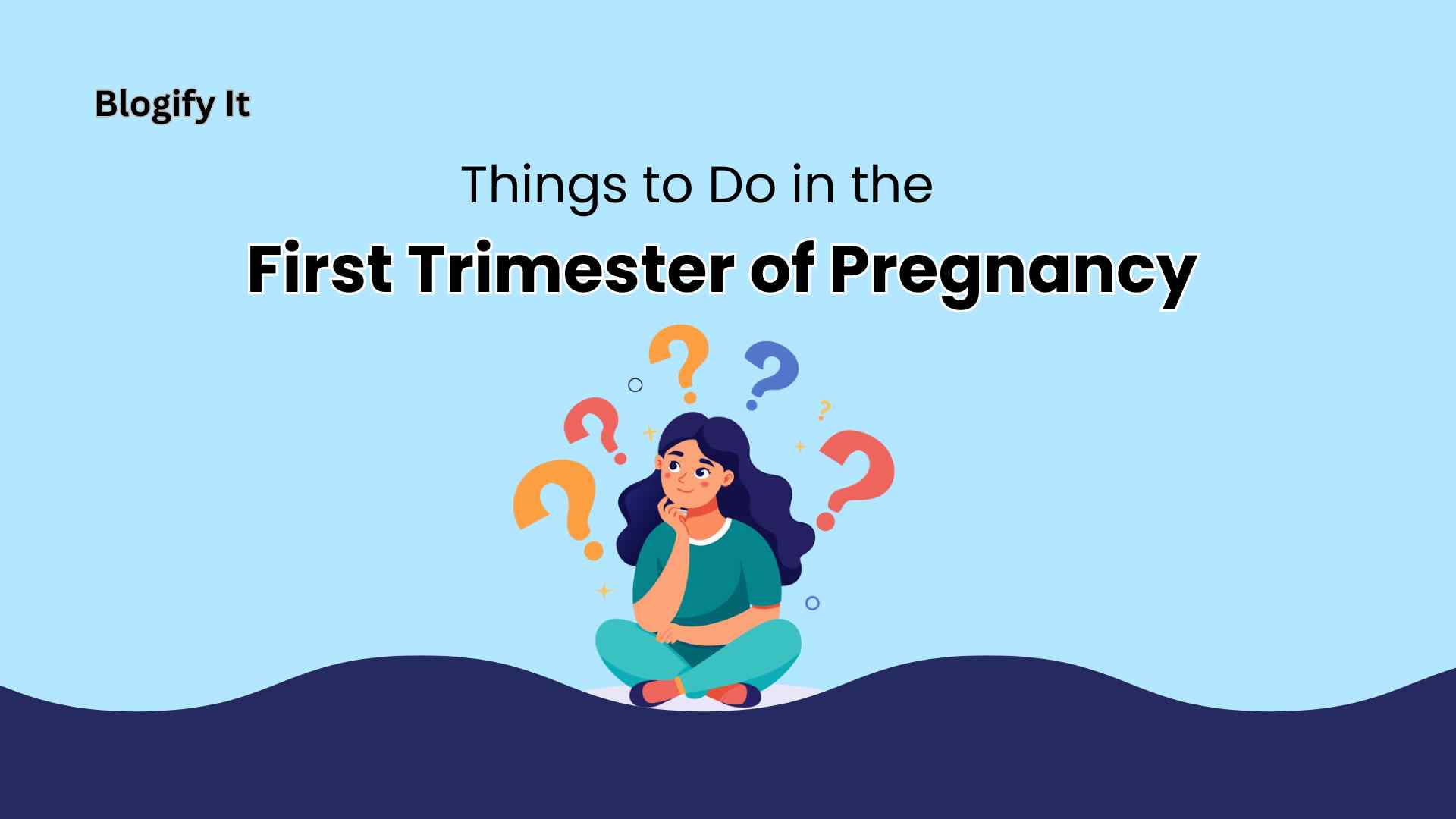Childbirth is one of those things no one can really prepare you for—until you experience it yourself. As a new mom, I knew I wanted to be prepared, mentally and physically, but I also didn’t want to stress myself out with horrific stories or gruesome videos. Thus, I forged my own path.
Here’s how I prepared mentally and emotionally for childbirth, what I cut out, what I adopted, and how I achieved both practical preparation and emotional peace to bring my baby into the world.
When Did I Start Preparing for Labor?
I began preparing around week 32 of pregnancy. That’s when the countdown feels real and you start visualizing the delivery room. At this stage, your body starts to shift and respond in ways you can feel—heavier belly, more pressure down there, disrupted sleep, and more emotional ups and downs. This was the perfect time to start focusing on:
- Gentle physical exercises
- Nourishment
- Emotional readiness
- Practical planning
How I Mentally Prepared for Labor (Without Scaring Myself)
Let me confess something: I did not watch a single birth video. Not because I was in denial, but because I didn’t want to pre-load my mind with fear or expectations. Everyone’s birth experience is different, and watching intense or painful videos made me more anxious than informed.
Instead, here’s what helped me:
- Talking to other moms I trusted
- Reading about birth stages to understand the process
- Practicing deep breathing and mindfulness when anxiety crept in
- Reminding myself: millions of women have done this—I can too.
I also made peace early on with the fact that I would opt for an epidural. I was never against a natural birth, but I also knew I didn’t want to gamble with pain levels I’d never experienced before. That decision alone gave me a lot of mental calm.
What I Did Physically to Prepare My Body for Labor
Pregnancy comes with so many suggestions, old wives’ tales, and well-meaning advice. I took in what resonated with me and skipped the rest. Here’s what I actually did—and feel made a difference:
1. Dates (starting from week 32)
Around week 32 of my pregnancy, I started eating 4-5 dates a day, and since then, I’ve eaten 4-5 dates every day. I had heard from family and friends that dates are helpful in preparing the body for normal delivery by helping to support and promote cervical ripening and cervical dilation.
While there is no rigorous scientific evidence for this, many cultures recommend this. I mostly ate the dates during the day, either as a snack or with my breakfast.
2. Ghee in Warm Milk at Night
Alongside dates, I also started drinking a glass of warm milk with one teaspoon of ghee at night. This is another family recommendation, and it was often said to provide strength, joint flexibility, and endurance for labor.
Whether or not this actually helped me with my delivery is debatable, but it did become a calming nightly ritual that made me feel like I was subconsciously preparing my body for what was to come.
3. Gentle Exercises
I wasn’t religious about workouts, but I tried to stay active. A few things I focused on:
- Prenatal stretches, especially hip openers and pelvic tilts. These helped relieve lower back pressure and kept my pelvis flexible.
- Duck walk. It’s a bit funny-looking, but I did short rounds of it because I had heard it helps the baby move lower into the pelvis and encourages proper positioning before labor.
- Squats to build strength and improve blood flow
- Walking for 20–30 minutes most days
These exercises not only helped my body prepare but also made me feel more confident that I was doing something to support the birthing process.
What I Didn’t Do (and Don’t Regret)
Besides skipping birth videos, I also didn’t obsess over every little thing. I didn’t track every contraction in the last few weeks. I didn’t try every supplement or remedy people recommended. I stayed in tune with my body, trusted my instincts, and leaned on my doctor for guidance.
A Quick Look at the Labor Process (What Helped Me Stay Calm)
Understanding the 4 stages of labor helped me feel more in control:
- Early Labor: Starts with mild contractions. This can last for hours or even a day.
- Active Labor: Stronger, more frequent contractions. This is when you head to the hospital.
- Transition: The most intense part right before pushing.
- Pushing and Delivery: Baby arrives!
I also learned about the 3-2-1 rule: If contractions are 3 minutes apart, lasting 1 minute each, for 1 hour, it’s time to go to the hospital.
My Personal Childbirth Prep Checklist
Here’s what worked for me:
Mental Prep
- Talk to trusted moms
- Avoid triggering or stressful content
- Accept your birth plan (mine included an epidural)
- Affirmations like “My body is made for this”
Physical Prep
- Light squats, walking, pelvic tilts
- Warm milk + dates + ghee every night from Week 32
- Rest when needed
Practical Prep
- Hospital bag packed by Week 36
- Birth plan shared with doctor
- Partner ready and briefed on his role
- Baby’s essentials (clothes, wipes, diapers) pre-washed and organized
Final Thoughts
So, that’s how I prepared mentally and emotionally for childbirth. Preparing for childbirth doesn’t have to be all or nothing. You don’t need to watch dramatic videos or follow every trend. Your birth experience is yours—and sometimes, the best thing you can do is stay calm, stay informed, and listen to your body.
For me, deciding to get an epidural, staying active, and nourishing myself with simple things like warm milk and dates made a world of difference. It wasn’t a perfect journey, but it was empowered, intentional, and peaceful—and that’s all I could’ve hoped for.




